Asteroids In Ancient Lore: A Deep Dive

Introduction
Asteroids have been part of human history and mythology for thousands of years. From the mysteries of the cosmos to the cultural significance of these celestial objects, there is much to be learned from studying their deep connections with humanity. In this article, we will explore some of the fascinating stories and beliefs that ancient societies had about asteroids, and how they still affect our modern world.
The Mythologies of Ancient Greece and Rome
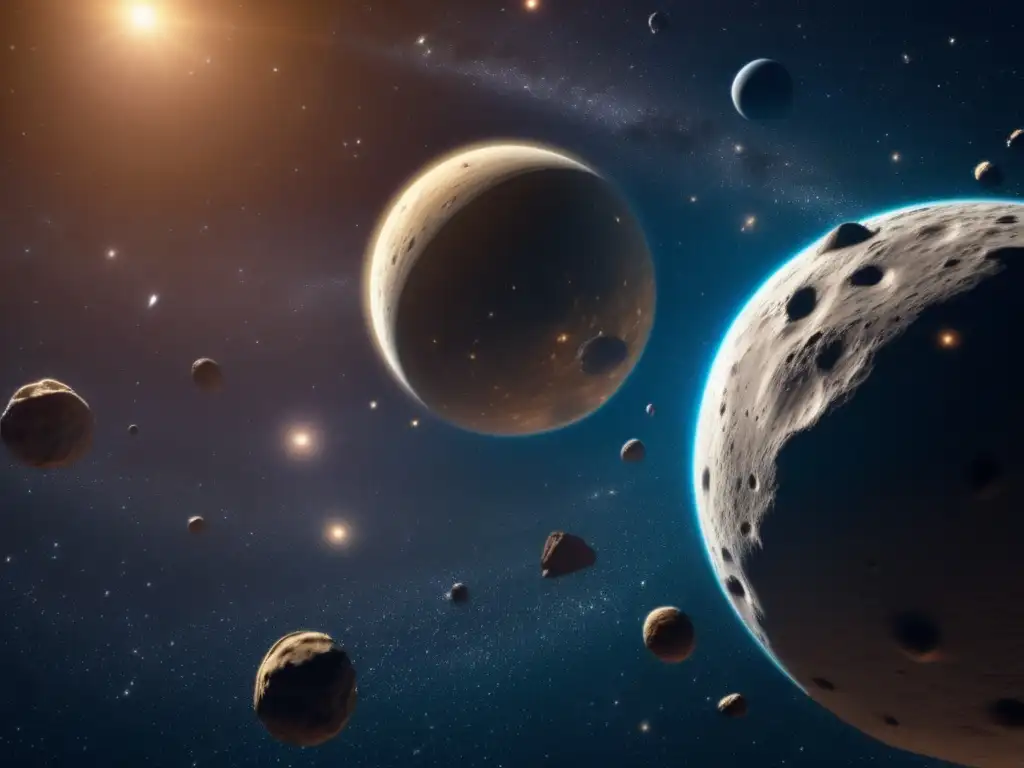
The Asteroid Goddesses
The Greek and Roman myths are full of gods and goddesses who personify aspects of the natural world, such as love or war. The asteroid belt between Mars and Jupiter was no exception. Four asteroids were named after goddesses from Greek and Roman mythology: Ceres (Roman goddess of agriculture), Juno (Roman queen of the gods), Vesta (Roman goddess of the hearth), and Pallas Athena (Greek goddess of wisdom and war).
These goddesses were often depicted as strong and powerful, representing different aspects of femininity. According to myth, Ceres was abducted by Pluto and taken to the underworld, causing the winter season until she was allowed to return to earth. Juno was a jealous wife who constantly sought revenge on her husband's lovers. Vesta was a virgin goddess who was symbolized by fire and protected the hearth. Pallas Athena was a warrior goddess who was born fully grown and armored from the head of Zeus, representing wisdom and strategy in battle.
The Role of Asteroids in Astrology
Astrology, the study and interpretation of the positions and movements of celestial bodies, has long held a significant place in human culture. In ancient times, asteroids were not as widely known or recognized as they are now. However, in modern astrology, the asteroid belt is seen as an important part of the astrological landscape.
Asteroids are considered to be minor planets that can bring additional nuances and clues to a person's horoscope. The four goddess asteroids in particular are thought to represent feminine energy and qualities in someone's chart. For example, Ceres can indicate nurturing and motherhood tendencies, while Pallas Athena represents intelligence and creativity.
Native American Beliefs
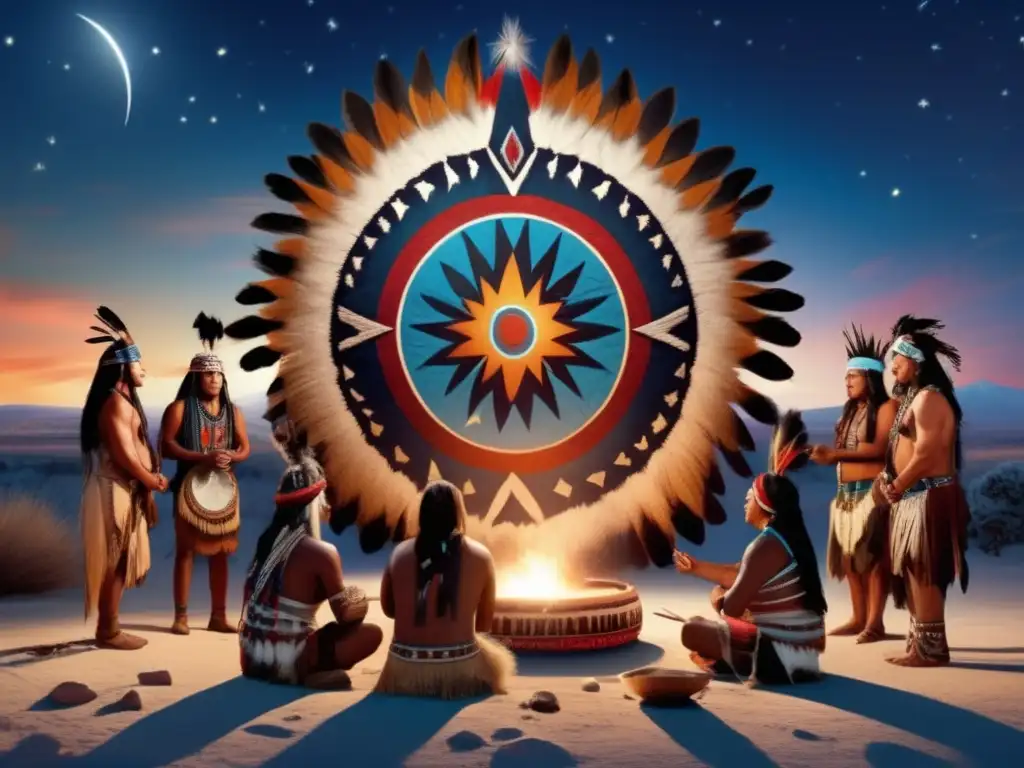
The Star People
Native American lore views asteroids as a part of the star people, who are believed to have visited Earth in the distant past. According to some tribes, the star people came to Earth to share their wisdom with humans and taught them how to live in harmony with the natural world. Some believe that the great pyramids of Egypt and other ancient structures were built with the assistance of extraterrestrial beings like the star people.
Asteroids are also associated with spiritual significance in Native American cultures. Many tribes believe that when someone passes away, their spirit goes to live among the stars, including asteroids. The concept of the void in space between planets is often seen as a metaphor for the journey of the human soul.
Asteroids in Modern Science
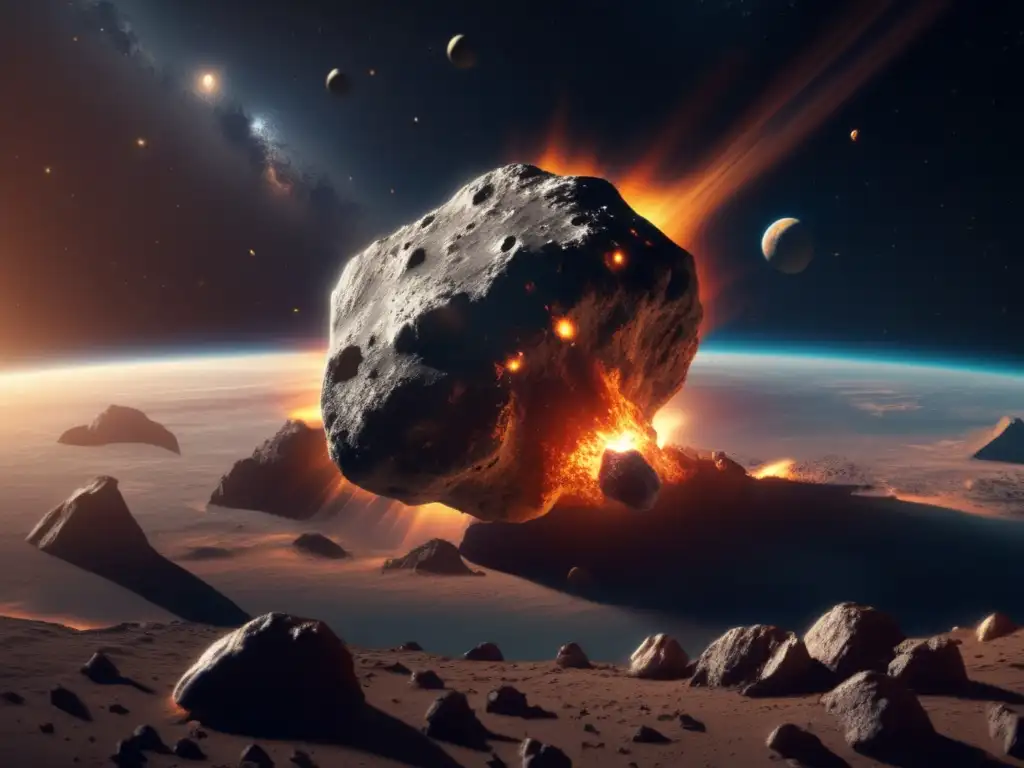
Applications of Asteroid Research
While ancient societies had their own interpretations and beliefs about asteroids, modern science has brought us a wealth of new knowledge and applications in the study of these celestial objects. Asteroids can provide insight into the origins of the solar system and offer potential resources for future space missions.
Asteroid research has also led to innovations in fields such as medicine and technology. For example, scientists have discovered amino acids on asteroids, which are the building blocks of life. This has led to speculation that life on Earth may have started from these molecules brought here by asteroids.
Impacts and Threats
Asteroids can pose a significant threat to the Earth if they collide with our planet. The consequences could be catastrophic, potentially leading to mass extinctions or even the end of human civilization. Therefore, it is important that we continue to study and understand their behavior in order to properly track and predict potential collisions.
Fortunately, there are teams of researchers and organizations dedicated to detecting and tracking asteroids that may pose a threat to Earth. NASA's Planetary Defense Coordination Office, for example, works to identify objects larger than 30 meters in diameter that could impact Earth and develop strategies for preventing collisions. Developing technologies and techniques such as asteroid deflection missions may also offer ways to mitigate the impact of potential asteroid collisions.
Frequently Asked Questions
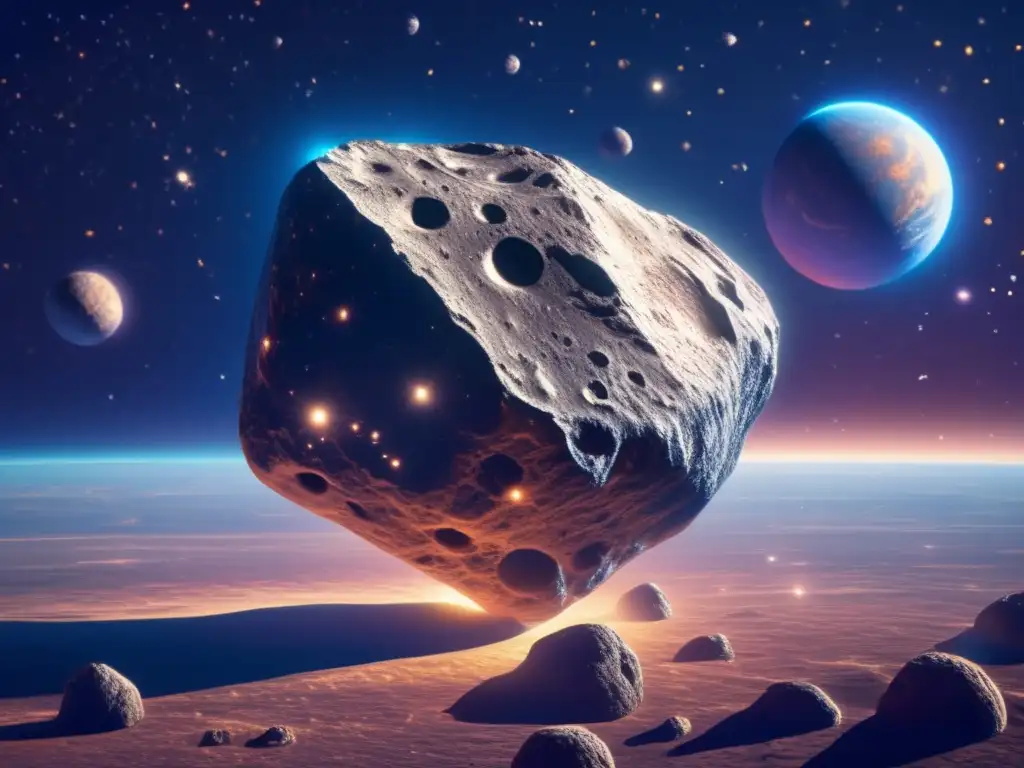
-
Do ancient cultures still influence how we interpret asteroids today?
A: Yes, ancient beliefs and mythologies continue to shape how we understand and interpret asteroids and other celestial bodies. While scientific research and discoveries have expanded our understanding of asteroids, cultural significance and symbolism still play an important role in our relationships with these objects.
-
How can asteroids provide resources for space exploration?
A: Some asteroids contain valuable resources such as water, minerals and metals that could potentially be used in space exploration or transported back to Earth. By studying the composition and behavior of asteroids, scientists can identify potential targets for mining and resource collection.
-
What can we do to mitigate the risks of asteroid impacts?
A: Detecting and tracking potentially hazardous asteroids is crucial in order to develop strategies for preventing collisions. This includes developing asteroid deflection techniques such as gravitational tractor or kinetic impactor missions, which could alter the trajectory of an asteroid in order to prevent it from colliding with Earth.
-
Are there any upcoming space missions to study asteroids?
A: Yes, several missions are planned or currently underway to study asteroids up close. NASA's OSIRIS-REx mission, for example, will collect samples from the asteroid Bennu and return them to Earth for further study. The Japanese Hayabusa2 mission also aims to bring back asteroid samples, this time from the asteroid Ryugu.
-
What is the most significant asteroid impact in Earth's history?
A: The most significant asteroid impact in known history occurred around 66 million years ago, when an asteroid struck what is now the Yucatan Peninsula in Mexico, leading to the extinction of the dinosaurs and many other species.
Conclusion
Asteroids have played a significant role in human history and mythology for thousands of years. From the ancient myths of Greece and Rome to the spirituality of Native American cultures, our relationship with these celestial objects has been layered with meaning and symbolism. Modern science has expanded our understanding of asteroids and their potential impact on Earth, as well as opened up opportunities for resource exploration and research. As we continue to explore the mysteries of the universe, asteroids will undoubtedly remain a source of fascination and insight into the deep connections between humanity and the cosmos.
We hope this article has provided valuable information and insights about the history and significance of asteroids. We encourage our readers to continue exploring the fascinating world of asteroids and to share their thoughts and ideas with us in the comments section.
Additional Resources
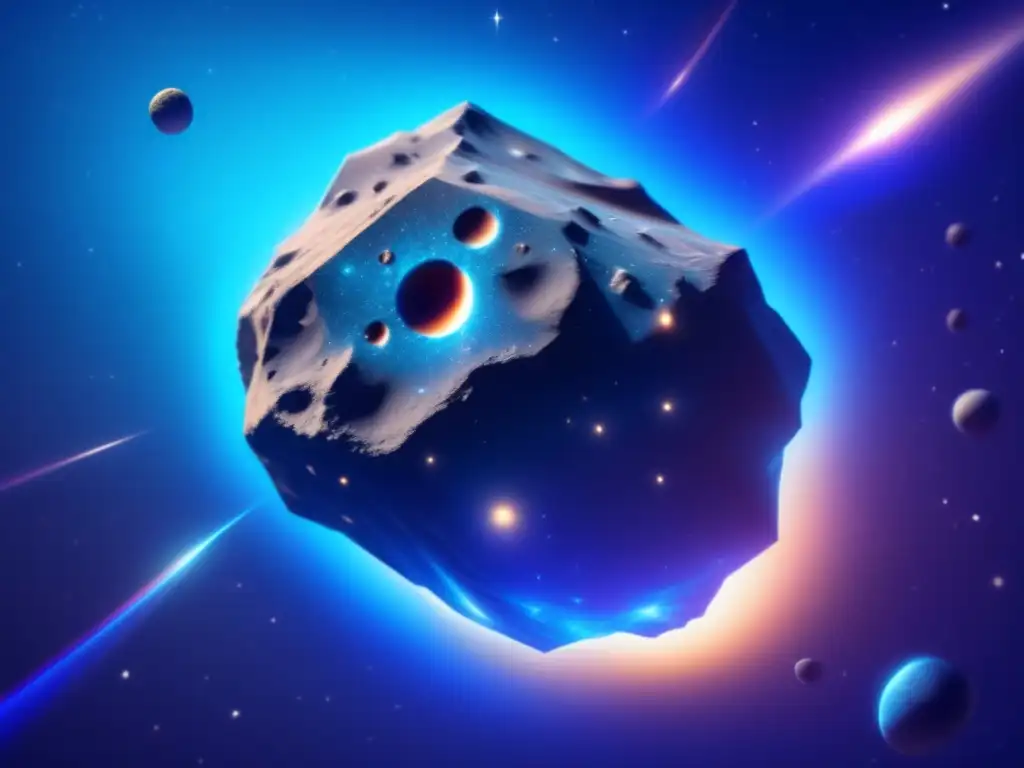
For more information about asteroids and related topics, check out the following resources:
 When The Sky Falls: Asteroid Myths Explored
When The Sky Falls: Asteroid Myths Explored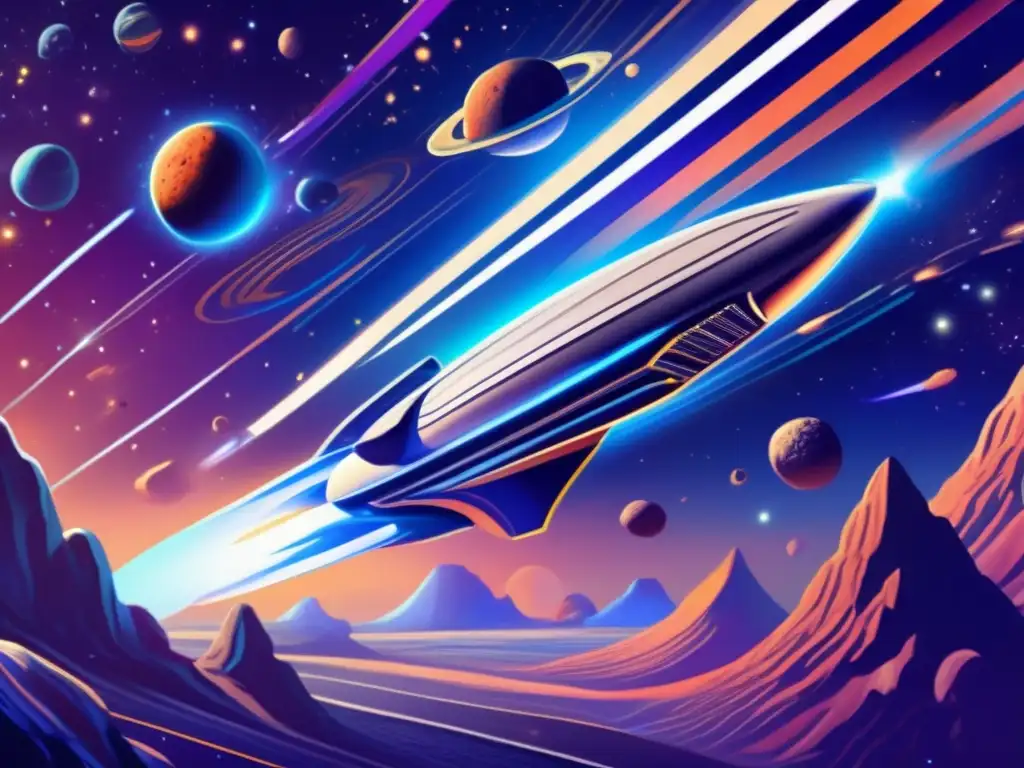 Asteroids In Pre-Colonial Filipino Mythology
Asteroids In Pre-Colonial Filipino Mythology Celestial Bodies In Folklore: The Role Of Asteroids
Celestial Bodies In Folklore: The Role Of AsteroidsIf you want to discover more articles similar to Asteroids In Ancient Lore: A Deep Dive, you can visit the Asteroid Mythology category.
Leave a Reply

Articulos relacionados: